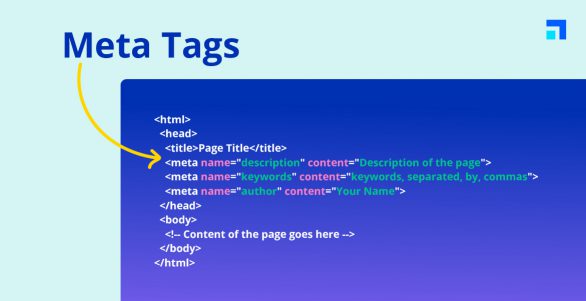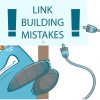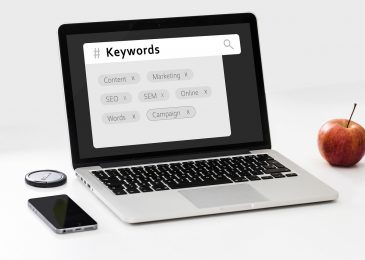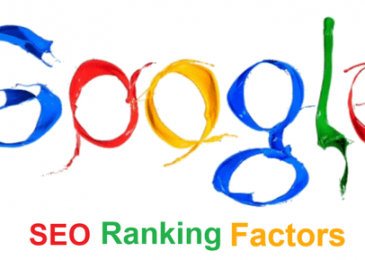Hello, digital marketers and content creators! 🌟 If you’ve ever wondered how to grab users’ attention in a sea of search results, you’re in the right place. Crafting compelling meta titles and descriptions is both an art and a science, pivotal in driving higher click-through rates (CTR) and boosting your site’s visibility. In this guide, we’ll share the best practices for writing meta titles and descriptions that not only captivate but also convert. Let’s dive in and master the craft of enticing meta elements!
Why Meta Titles and Descriptions Matter
Before we delve into the nitty-gritty, let’s understand why meta titles and descriptions are crucial:
- Search Visibility: Meta titles and descriptions are often the first impression users have of your content in search results. They play a significant role in determining whether someone will click through to your page.
- Click-Through Rate (CTR): Well-crafted meta elements can significantly impact CTR. A compelling title and description can make your listing stand out, encouraging users to click on your link over others.
- User Experience: These elements provide a snapshot of what users can expect from your page, helping set accurate expectations and enhancing overall user satisfaction.
Crafting Click-Worthy Meta Titles
Meta titles are the headlines of your search results and must capture attention quickly. Here are some strategies to make them irresistible:
1. Incorporate Target Keywords
- Primary Keywords: Place the primary keyword or phrase towards the beginning of the title. This ensures it’s prominently visible in search results and more likely to catch users’ attention.
- Avoid Keyword Stuffing: While it’s important to include keywords, avoid overloading the title with them. Ensure the title remains natural and engaging.
2. Keep It Concise and Clear
A clear, concise meta title ensures users know exactly what to expect:
- Optimal Length: Aim for a meta title length of 50-60 characters. This prevents your title from being truncated in search results and ensures full visibility.
- Clarity Over Complexity: Use straightforward language and avoid jargon. Your title should be easily understood at a glance.
3. Create a Sense of Urgency
Creating a sense of urgency can prompt users to act quickly:
- Action-Oriented Words: Incorporate words like “Discover,” “Learn,” “Boost,” or “Get Started” to encourage users to click now.
- Timeliness: If applicable, highlight time-sensitive information, such as “Limited Time Offer” or “2024 Update.”
4. Reflect the Content Accurately
Ensure your meta title accurately reflects the content of your page:
- Avoid Clickbait: Misleading titles might get clicks initially, but they can lead to higher bounce rates if users don’t find what they expected. Stick to titles that genuinely represent your content.
- Consistency: Ensure consistency between your title and the page’s content to meet user expectations and build trust.
Crafting Compelling Meta Descriptions
Meta descriptions provide a brief overview of your page’s content. Here’s how to make them stand out:
1. Summarize the Page Content
A meta description should offer a concise summary of what users will find on your page:
- Highlight Key Points: Focus on the main benefits or unique selling points of your content. Make sure to cover what sets your page apart from others.
- Keep It Engaging: Write a description that’s interesting and compelling. Think about what would entice users to click through to your page.
2. Use Actionable Language
Encourage users to take action by using engaging, actionable language:
- Call-to-Action (CTA): Incorporate CTAs like “Find Out How,” “Explore More,” or “Get Tips” to prompt users to visit your page.
- Engage Curiosity: Phrases that pique curiosity, like “Discover the Secrets” or “Uncover Hidden Tips,” can attract clicks.
3. Optimize for Length
Meta descriptions should be long enough to convey value but concise enough to be fully visible:
- Optimal Length: Aim for a length of 150-160 characters. This ensures your description is displayed in full in search results.
- Avoid Ellipses: Ensure your meta description is succinct to avoid it being cut off with an ellipsis.
4. Include Relevant Keywords
Incorporate relevant keywords to align with users’ search intent:
- Natural Integration: Include keywords naturally within the description. Avoid stuffing and ensure the text flows smoothly.
- Synonyms and Variants: Use synonyms and related terms to broaden your reach and match various search queries.

Best Practices for Meta Titles and Descriptions
To maximize the effectiveness of your meta titles and descriptions, consider these best practices:
1. Test and Iterate
Continuous testing and refinement can help improve performance:
- A/B Testing: Experiment with different titles and descriptions to see which versions perform best. Monitor metrics like CTR and user engagement.
- Analyze Performance: Use tools like Google Search Console to track how your meta elements are performing and make data-driven adjustments.
2. Stay Updated with SEO Trends
SEO best practices are constantly evolving:
- Follow Industry Updates: Keep up with the latest SEO trends and algorithm updates to ensure your meta titles and descriptions align with current practices.
- Adapt Strategies: Be prepared to adapt your strategies based on changes in search engine algorithms and user behavior.
3. Maintain Consistency Across Pages
Ensure a consistent approach across your site:
- Brand Voice: Maintain a consistent brand voice and style in your meta titles and descriptions. This helps build brand recognition and trust.
- Page Relevance: Each page should have unique and relevant meta elements that accurately represent its content.
Tools to Help Craft Meta Titles and Descriptions
Several tools can assist in creating effective meta titles and descriptions:
- Google Search Console: Provides insights into how your meta titles and descriptions are performing in search results.
- Yoast SEO: A popular plugin for WordPress that helps optimize meta titles and descriptions and provides real-time feedback.
- SEMrush: Offers keyword research and competitive analysis to help craft titles and descriptions that stand out.
Wrapping it Up
Crafting click-worthy meta titles and descriptions is a crucial aspect of SEO and digital marketing. By following these strategies and best practices, we can create compelling meta elements that not only attract clicks but also enhance user experience.
We hope you find these tips useful in your quest to optimize your meta titles and descriptions. If you have any additional insights or questions, feel free to share! Let’s continue to refine our SEO strategies and drive meaningful results together.




